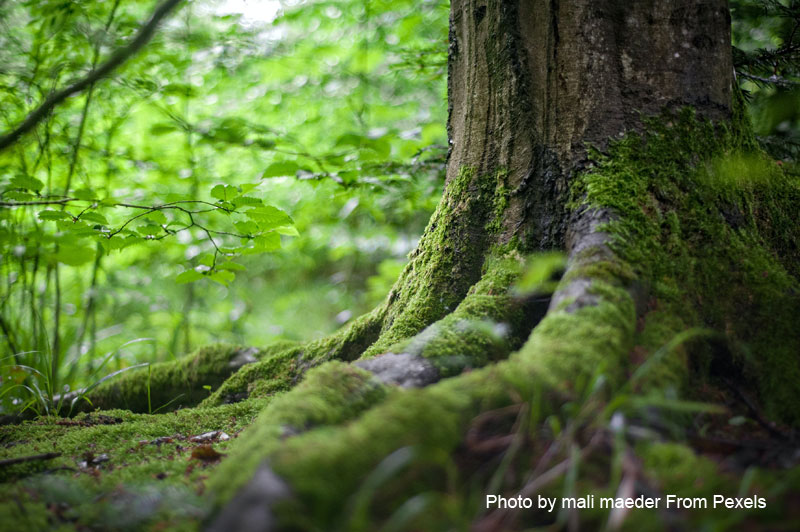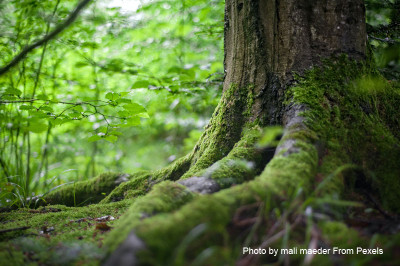What is Burlwood?
15th Nov 2023

Today, there are a variety of exotic woods available to woodworkers, allowing them to expand beyond their local options. One of the most popular options for woodworking is burlwood. Let’s dive into what burlwood is and a few of the more popular ways it is being used.
Where is Burlwood From?
Burlwood is created by a bug infestation, an injury, or disease to the tree. As the tree attempts to repair itself, a burl begins to form. Essentially, the tree has dealt with and responded to some type of stress. Burls are typically found in oak, maple, walnut, cherry, ash, redwood, and other tree species. If you look in your backyard, you might be surprised at the different examples of burls you can find in them. These burls are the history of your tree surviving various environmental challenges.
These callous tissues are usually formed in response to environmental damage, pruning, insect attacks, or even storms. Since the same tree chemicals do not regulate them as callus growth, they grow into unique shapes and styles. Since they can grow quicker than other tree cells, they have unpredictable sizes.
Most burls grow underground, attached to the roots as a type of malignancy, which might not be discovered until the tree dies or falls over. Almost all burls are covered by bark, even if they are attached to the roots. Burls can grow to a significant size, particularly those found on redwoods.
The result is that burlwood has a unique grain and coloring with every burl, thus making the furniture or other woodworking one-of-a-kind. While it might appear like an ugly outgrowth, these burls help preserve a damaged tree. Plus, as a burl ages, its colors and patterns become even richer. After 30-40 years, a burl can reach maturity and the peak of its distorted beauty.
Where Are Burls Located?
They can be found in a number of places on a tree but are usually located in the roots, curled branches, or large rounded “warts” that you might see on the tree. These growths can appear ugly when looking at the tree in the forest, but those warts and growths turn into fantastic wood once the trees are harvested.
If a burl is located higher in the tree, it might appear like a rounded outgrowth filled with small knots from dormant buds. The beauty of these growths is that they can turn into some beautiful pieces that add an amazing touch to your furniture or other accessories.
Reasons for Its Popularity with Woodworkers
Creating furniture or other wood projects involves creating something that is both beautiful and useful. Burlwood can meet both of those criteria. Since burl wood is thick, it tends to resist splitting. That makes it an ideal option for furniture and decorative pieces. Burlwood can also be cut into thin layers to provide veneer for furniture, musical instruments, automobile paneling, and more.
The result is that the unique grain is incorporated into multiple types of wood projects and products. The swirls and twirls in the bark create a unique, highly figured wood grain that cannot be artificially duplicated. The grain will twist and spiral, creating a complex knot of uniquely strong and absolutely gorgeous grain.
Challenges that Burlwood Presents
For those woodworkers who like to use hand tools to shape their projects, burlwood offers some unique characteristics. First, its grain is twisted and interlocked, causing it to chip and shatter unpredictably when you use hand tools or a lathe. At the same time, this “wild” grain makes burlwood extraordinarily dense and resistant to splitting, making it popular for creating bowls, mallets, and mauls.
Clearly, burlwood is prized, but unlike other types of wood, it cannot be farmed or grown in a controlled environment. Yet, burl is a sustainable wood product if harvested with care. In many cases, however, the harvesting occurs when the tree is taken down.
Another challenge for burlwood is that you cannot harvest it from the tree unless you harvest the whole tree. Redwoods are at greater risk of being poached for their burls. Poachers will cut the burls from the sides of the trunk using chainsaws, putting the tree at risk of infection and disease. They might also fell the tree to steal burls that are higher up.
To avoid contributing to the poaching epidemic, state park rangers encourage you to know where your burlwood is coming from and that it was sourced ethically and legally. At Global Wood Source, we believe in finding the highest quality exotic woods, including burlwood, from sustainable sources. With multiple options available, you can find the right burlwood for your woodworking project.
Global Wood Source is a family-owned and operated lumber yard and mill specializing in exotic woods from around the world and rare domestics. We personally acquire and inspect each piece of log and timber obtained from forests and jungles worldwide.

